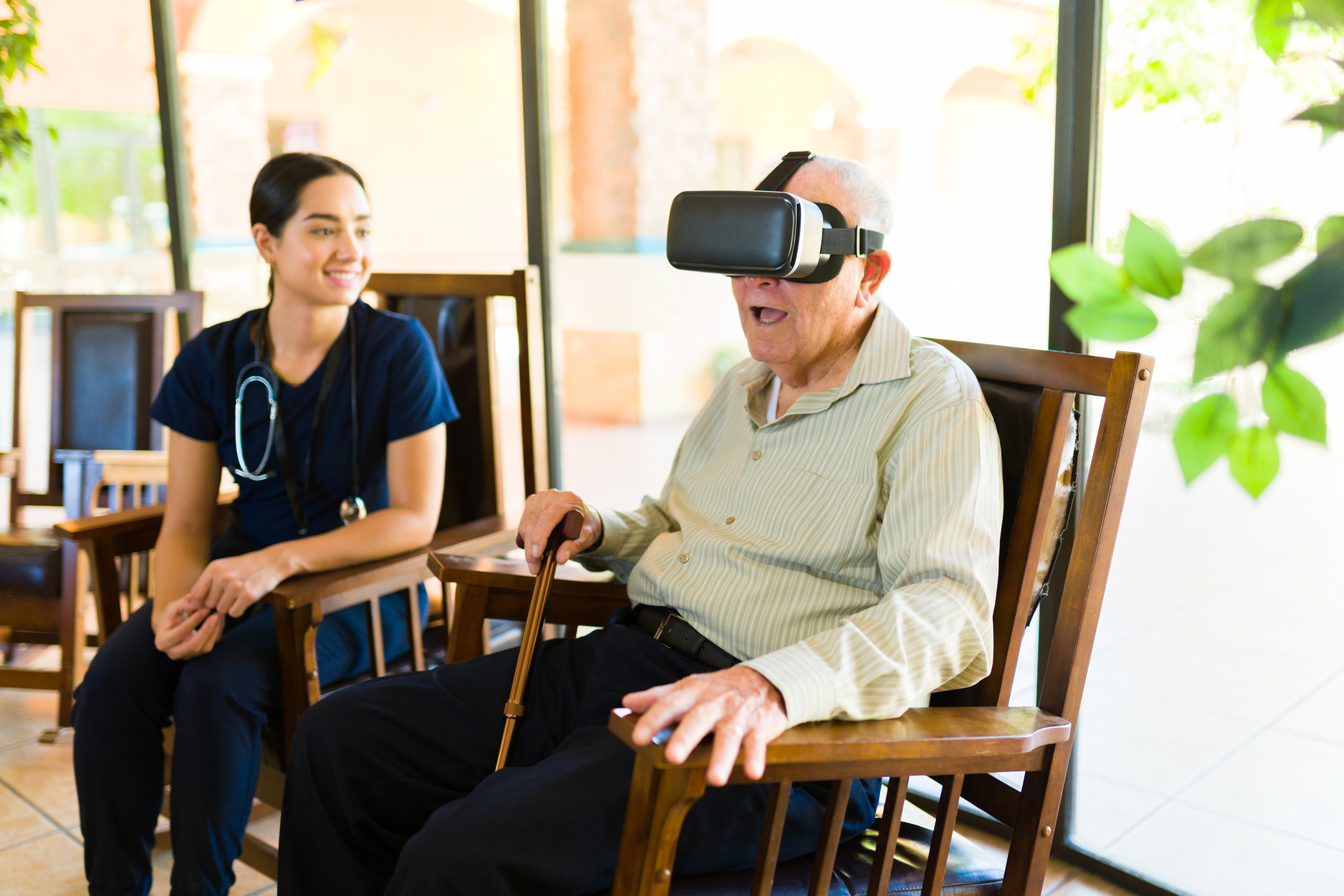Contrary to accepted wisdom, aged care providers have reported high levels of use of clinical software across their organisations, but they also report a lack of interoperability between their systems and others, especially with other healthcare provider technology and government systems.
And in a welcome sign, half of all aged care providers using clinical systems that do integrate with others suggest this is due to their choice of the solution’s integration capability.
The Residential Aged Care Use of Clinical Care Systems report was developed by the Aged Care Industry Information Technology Council (ACIITC) in collaboration with the Australian Digital Health Agency (ADHA).
It identifies both the challenges and opportunities for residential aged care providers in adopting clinical care software, emphasising the potential for improved data collection, care planning, and overall care quality for older Australians.
According to ACIITC, the report underscores the urgency for aged care providers to embrace clinical software and develop comprehensive data-related policies and procedures.
Key findings include that there is a wide variation in the number of devices used in residential aged care facilities, with the majority using desktop computers, smart tablets, laptops, and smartphones.
Wi-Fi connectivity is widespread and there are multiple clinical software systems are in use, with a high number of clinical care systems were identified.
However, while visiting clinicians have access to input, extract, and review data, this is much more likely on-site than remotely and clinical software integration with visiting clinicians’ software and community pharmacy software varies widely.
Recommendation 68 of the Royal Commission into Aged Care Quality and Safety urged the universal adoption of digital technology and My Health Record, but the research finds that most organisations had limited integration with My Health Record, and most of them did not record data in residents’ My Health Record.
The report found that standardising terminology and enhancing data integration were crucial factors for future innovation and technology strategies and the absence of consistent terminology across the sector presented challenges in data collection and analysis.
Barriers to clinical software adoption include the cost of products, training, upgrading, employee culture, time, resources, and digital literacy, it found.
The report threw up some surprises, including that there were 287 unique clinical software vendors identified in residential aged care and a significant number of clinical software products were in deployment.
However, a significant percentage of clinical software systems have been in deployment for five to 10 years, indicating a need for updates and improvements, it found.





